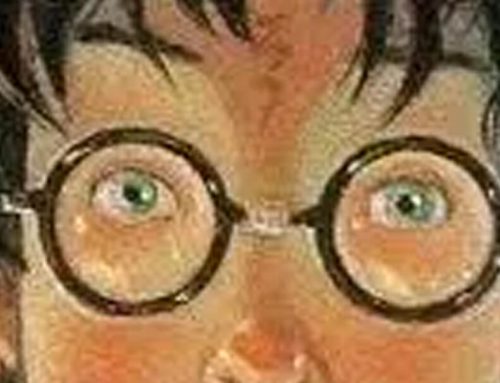

Crafting Character
We get to create people! Let’s go to the edge and make unforgettable characters.
The soul of the story is going to be
carried by your characters.
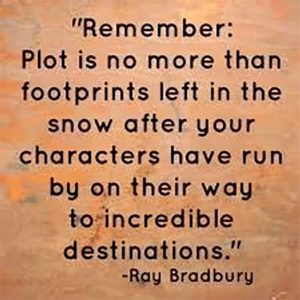 They will become a part of you. They will knock around in your head, sometimes for years, demanding to be birthed into a story. Sometimes characters will take your story into a whole new direction–you THOUGHT your story would be going in one direction, BUT your character had something entirely different in mind! And guess who wins!?
They will become a part of you. They will knock around in your head, sometimes for years, demanding to be birthed into a story. Sometimes characters will take your story into a whole new direction–you THOUGHT your story would be going in one direction, BUT your character had something entirely different in mind! And guess who wins!?
I’ve had ‘minor’ characters totally take over a story. In one story I was working on, I wrote in a nun. I wanted to make her ‘interesting’ so I put a cigarette in her hand and red lipstick in her pocket. Well, that was it. She took over the story.
I’m sure as a writer, you’ve had characters shake things up in your stories as well.
Who do we have to work with ?
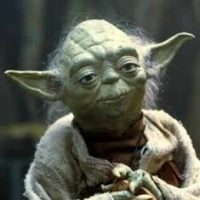
ex. For example, Yoda (Star Wars) is a complex character who does not change.
Protagonist: The main character. Usually hero/good guy
Antagonist: The other main character. Usually the villain/bad guy.
Static: Character remain the same. Not to say that Static characters cannot be good guys or complex. They can be all that and more. They just do not change.
Dynamic: Character will change in some way during the story. (most protagonists, such as a Harry Potter or Luke Skywalker will change. Heck, even Darth Vader changed!)
A few more notes of Character “Housekeeping” before we get to the juicy stuff.
Direct Characterization: When the author says “straight out” what a character is like.
Indirect Characterization: The author uses one of the following 5 techniques to create a character:
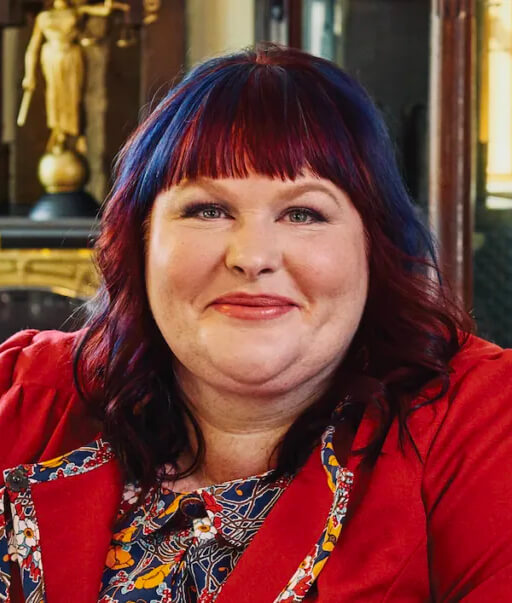
—– Cassandra Clare ——
Hang with me ~ this will all come together in just a few scrolls
1. Appearance: What a character looks like
2. Dialogue: What the character says
3. Inner thoughts: What a character thinks
4. Actions: What the character does
5. Impact on other characters: How do other characters respond to this character.
Now, let’s have some fun!!! Using a short clip from one of the most fabulously succinct movies “Stand by Me” adapted from Stephen King’s story “The Body”, the terms of character will be brought to life.
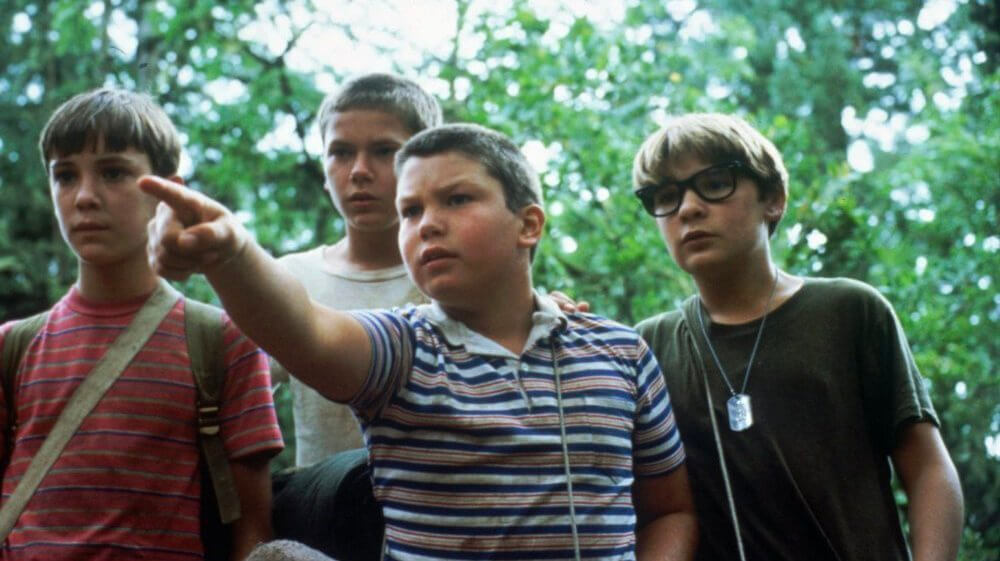
As you know from reviewing the Part on Plot, this scene is from the exposition or beginning of the story.
In Stand by Me, this scene sets up the plot as 4 young boys who are going to lie to their parents, go on an overnight adventure, find a “dead body” and be “heroes.” If you haven’t seen the whole movie, it’s an excellent template for plot, theme, setting and characters.
In this beginning of the clip, you meet the 4 primary characters and 2 minor characters.
The 4 main ‘boys” are:
Vern (digging under the porch);
Teddy (kid with glasses);
Chris (kid in the white T-shirt) and
Gordie (the narrator. Kid in the striped shirt).
Analysis to follow the clip.
Choices of Indirect Characterization expertly intentional.
How do you create characters How do you create characters

Apperarance
Take Chris the “tough kid” for example. How does a dirty white t-shirt add to his character?
Response of Other Characters


Dialogue
In addition to Chris coming up with the plan, Teddy’s dialogue gives insights into his character. Teddy focuses on the death of the boy.
Thoughts
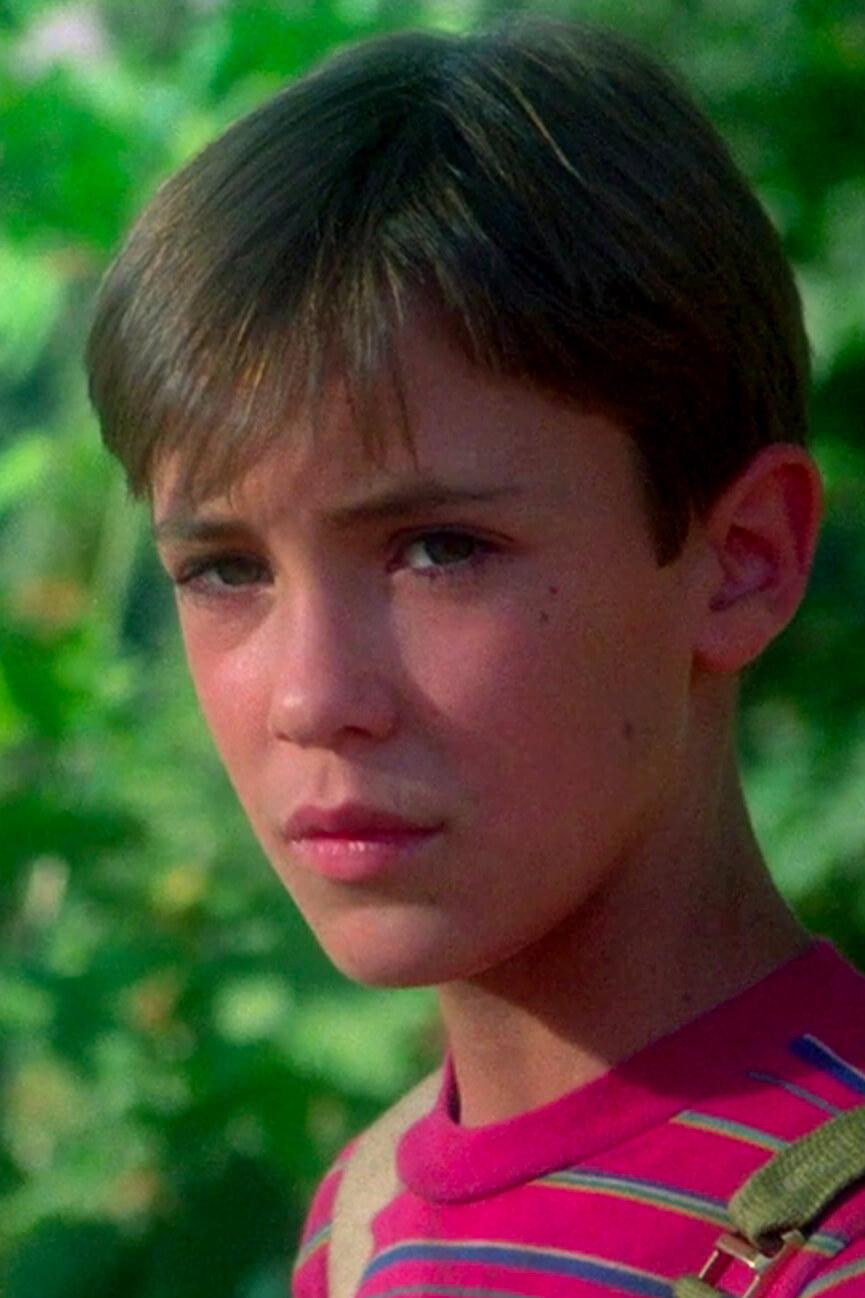
Actions
However, at the end of the movie, we see Gordie pointing a gun. This action shows significant change.

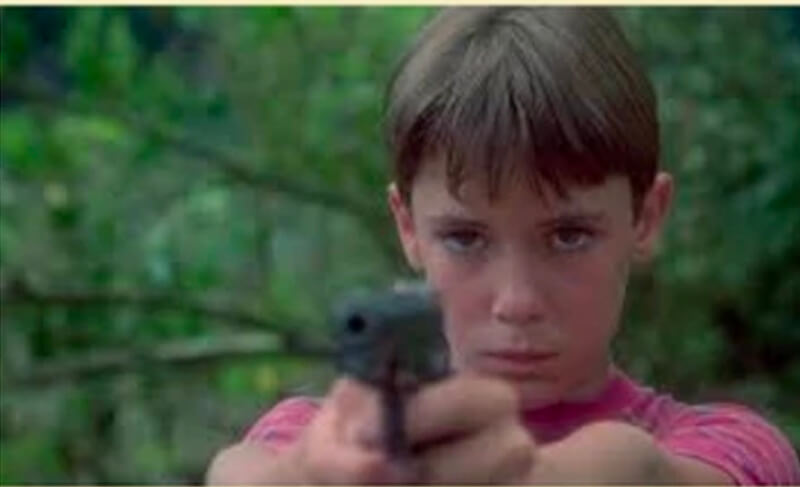
Much like a film director, as writers, we get to create these characters in our worlds. The details of character description are of primary importance.
There are so many ways you can go about creating your characters ~ and, mind you, they will also tell you what they want to wear, say , think and do!
A large sketch pad is helpful as well as making lists, free writing and graphic organizers.
Above all — make them interesting!

Yep! There are A LOT of books about how to write a character! Like, tons.
I’ll suggest just a few of my favorites here:
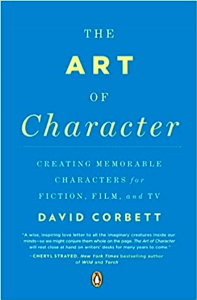
Former private investigator and New York Times notable author David Corbett offers a unique and indispensable toolkit for creating characters that come vividly to life on the page and linger in memory.
Corbett provides an inventive, inspiring, and vastly entertaining blueprint to all the elements of characterization-from initial inspiration to realization-with special insights into the power of secrets and contradictions, the embodiment of roles, managing the “tyranny of motive,” and mastering crucial techniques required for memorable dialogue and unforgettable scenes.
This is a how-to guide for both aspiring and accomplished writers that renders all other books of its kind obsolete.
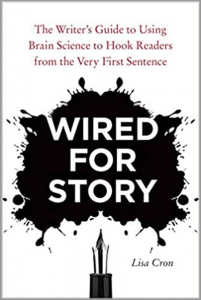 Imagine knowing what the brain craves from every tale it encounters, what fuels the success of any great story, and what keeps readers transfixed. Wired for Story reveals these cognitive secrets–and it’s a game-changer for anyone who has ever set pen to paper.
Imagine knowing what the brain craves from every tale it encounters, what fuels the success of any great story, and what keeps readers transfixed. Wired for Story reveals these cognitive secrets–and it’s a game-changer for anyone who has ever set pen to paper.
The vast majority of writing advice focuses on “writing well” as if it were the same as telling a great story. This is exactly where many aspiring writers fail–they strive for beautiful metaphors, authentic dialogue, and interesting characters, losing sight of the one thing that every engaging story must do: ignite the brain’s hardwired desire to learn what happens next.
When writers tap into the evolutionary purpose of story and electrify our curiosity, it triggers a delicious dopamine rush that tells us to pay attention. Without it, even the most perfect prose won’t hold anyone’s interest.
Backed by recent breakthroughs in neuroscience as well as examples from novels, screenplays, and short stories, Wired for Story offers a revolutionary look at story as the brain experiences it. Each chapter zeroes in on an aspect of the brain, its corresponding revelation about story, and the way to apply it to your storytelling right now.
Recommended Reading

